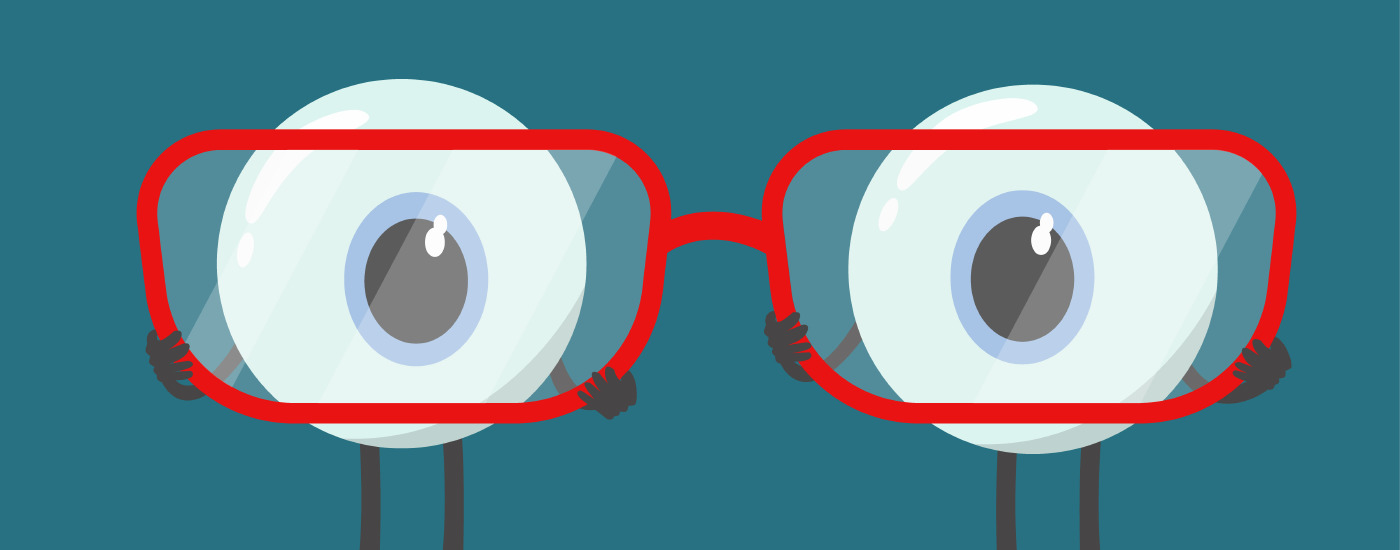The Growing Population with Vision Loss
Updated: July 3, 2024
It is estimated that Americans are exposed to over 4,000 advertisements each day, and most of these ads are increasingly visual. In 2017, 37% of marketers said visual marketing was the most important form of content for their business.
Statistics show that when people hear information, they’re likely to remember only 10% of that information three days later. However, if a relevant image is paired with that same information, people retained 65% of the information three days later.
Despite being a visual society, many in the U.S. have some form of vision impairment, and the numbers are growing significantly.
A Glimpse Behind the Increase
The increase of vision loss and blindness in the US is largely due to our aging population, as the risk of low vision and blindness increases significantly with age. Just several years ago it was estimated that the baby boomers made up about a quarter of the population. The youngest of the baby boomers will hit age 65 by 2029. By 2030, the number of people over the age of 65 will be 20% of the population, having huge implications for the increase of vision loss over the next several decades.

In addition to an aging population, diabetes along with other chronic diseases will also contribute to a growing number of people who experience vision loss. Thanks to medical advancements and improved treatment, more and more people with diabetes are surviving, and living longer. Because of this, the number of people who experience diabetic retinopathy is expected to triple between 2005 to 2050 from 5.5 million to 16 million people.
What does this mean for society?
Vision loss and blindness are included in the top 10 disabilities among US adults 18 and older. While legal blindness is significant in determining eligibility for disability benefits, it’s important to remember that people with even the slightest visual impairment can experience challenges in their daily activities. According to the CDC, “compromised vision impedes the ability to read, drive, prepare meals, watch television, and attend to personal affairs. Reduced vision among mature adults has been shown to result in social isolation, family stress, and ultimately a greater tendency to experience other health conditions.”
What can be done to help?
With online video becoming increasing popular in our society, web accessibility is finally beginning to get the attention it deserves. Thanks to several lawsuits and updated legal requirements, audio description – along with closed captioning – is required on most video content. While there is still a long way to go, audio description is certainly gaining a place in the spotlight.
Audio Description is now available on most Netflix original titles, and other movies and TV shows on the site. Titles that currently have audio descriptions available can be found at netflix.com/browse/audio-description.
You may have also noticed that NBC Olympics and Comcast have provided audio description on this year’s coverage of the Olympic Games, to “Offer Inclusive Viewing Experience for People With Visual Disabilities.”
You can check out a constantly growing list of other described movies and shows here.
Do you produce or distribute video content? Get started with audio description today!








